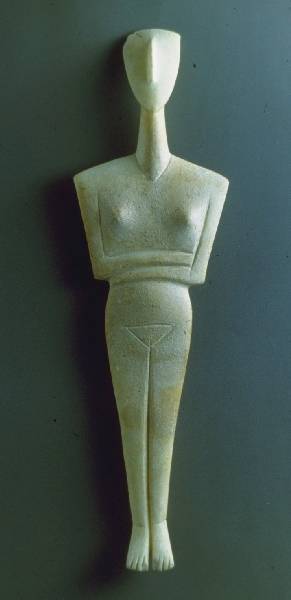Artistic Evolution from Cycladic Civilization to Imperial Rome Quiz
- APAH
2.
We’ll put your name on your report, certificate, and leaderboard.










 Back to top
Back to top






